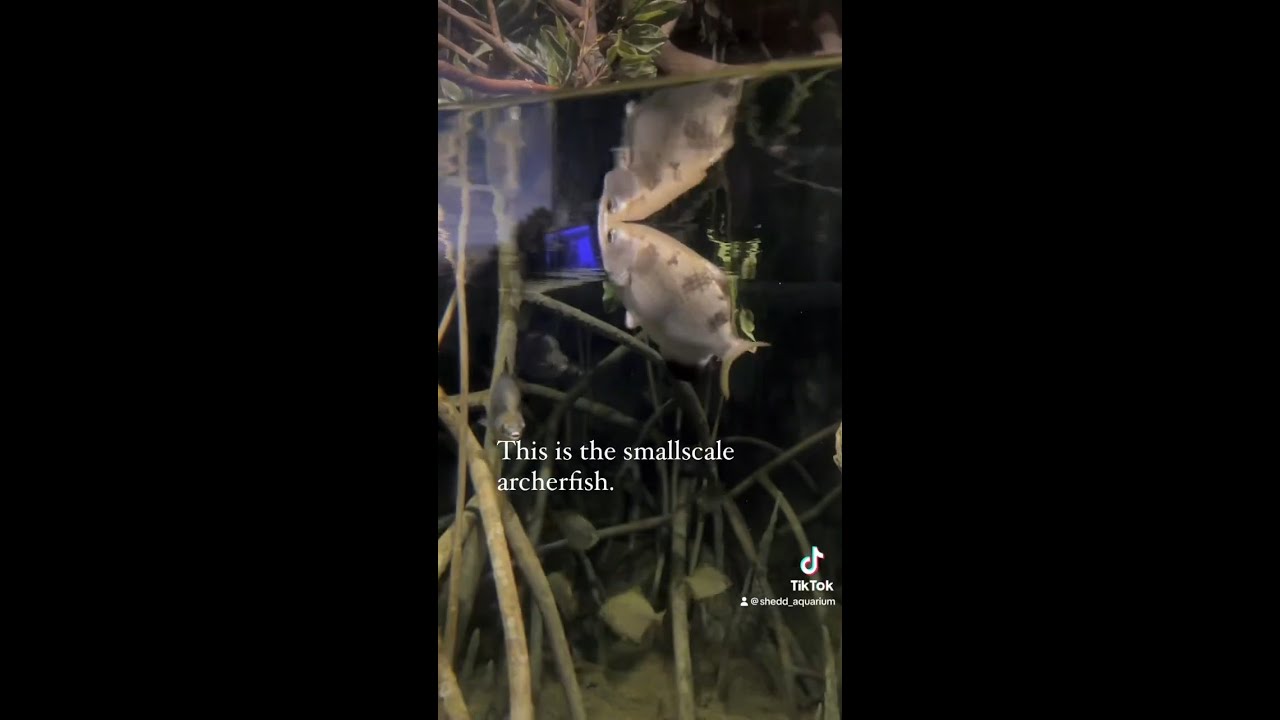– Understanding the dietary needs and behaviors of Smallscale Archerfish
– The role of proper nutrition in Smallscale Archerfish health and wellness
– Strategies for feeding Smallscale Archerfish in captivity
– Conservation efforts for Smallscale Archerfish habitats
– The impact of environmental changes on Smallscale Archerfish populations
The Smallscale Archerfish (Toxotes microlepis) captivates scientists and aquarists with its remarkable hunting technique of shooting down prey by expelling water from its mouth. This fish‘s unique feeding habit, primarily focusing on land-based insects and small animals, presents a fascinating study in the convergence of evolution and diet. Given the increasing interest in Smallscale Archerfish, understanding its diet and how to replicate natural feeding behaviors in captivity is critical for their health, conservation, and the sustainability of populations under human care.
Smallscale Archerfish thrive in a diet rich in varied nutrients, closely mirroring their natural prey. In the wild, their diet consists of insects such as flies, spiders, and small crustaceans. Protein is a critical component, essential for their growth and health. Achieving a balanced diet that simulates this natural feeding regimen is crucial in captivity. High-quality, protein-rich foods, including specially formulated pellets, live or frozen prey like brine shrimp, and even small insects, can cater to these needs efficiently. This dietary approach supports their physical health and encourages natural hunting behaviors, providing mental stimulation and promoting well-being.
The significance of proper nutrition extends beyond the immediate health benefits for Smallscale Archerfish. A well-balanced diet impacts their reproductive success, immune system strength, and longevity. Dietary management becomes a focal point of effective care, especially in captive environments, where natural food sources are limited or non-existent. Offering a mix of commercial and live foods mimics the diversity of their natural diet, prevents nutritional deficiencies, and enriches their living conditions.
Feeding strategies for Smallscale Archerfish in captivity must consider their unique feeding behavior. Their natural instinct to shoot water at prey above the surface suggests that feeding practices should focus on the nutritional content and how food is presented. Creating opportunities for Archerfish to ‘hunt’ their food adds an enriching dimension to their routine, closely aligning with their inherent behaviors. This practice can involve placing food items just above the water’s surface to encourage their shooting behavior, providing both a source of nutrition and a stimulating activity.
Conservation efforts for Smallscale Archerfish are pivotal, given the threats to their habitats from pollution, overfishing, and habitat destruction. Protecting these environments is vital not only for the species itself but also for maintaining the biodiversity of their ecosystems. Sustainable wild habitats and captivity practices can aid in these conservation goals. In captivity, they ensure that Smallscale Archerfish are sourced responsibly and that their care reflects an understanding of their natural habitats and diets contributes to the broader effort of conservation. Educational programs highlighting these fish’s importance and unique feeding habits can also foster a greater appreciation and protective measures for their wild counterparts.
Environmental changes pose a significant challenge to Smallscale Archerfish populations. Rising water salinity, pollution levels, and habitat loss can drastically affect their food sources, consequently impacting their health and survival. Efforts to monitor and mitigate these changes are critical. Research into the adaptability of Smallscale Archerfish to varying environmental conditions can inform conservation strategies, ensuring these unique fish continue to thrive both in the wild and in captivity.
Caring for Smallscale Archerfish offers a window into the complex interplay between nutrition, behavior, and conservation. Understanding and replicating their natural diet as closely as possible in captivity is about sustaining them physically and preserving their unique way of life. As environmental pressures mount, the focus on their diet extends into broader conservation efforts, highlighting the integral role proper nutrition plays in the care of individual species and the health of aquatic ecosystems at large. Through informed feeding practices, conservation efforts, and a commitment to understanding their environmental needs, the future for Smallscale Archerfish can be as bright and sustaining as their remarkable hunting technique.
*****
Source Description
Meet the smallscale archerfish! 🏹🐠
You can see these incredibly accurate archers in the Mangroves exhibit in Wild Reef.


